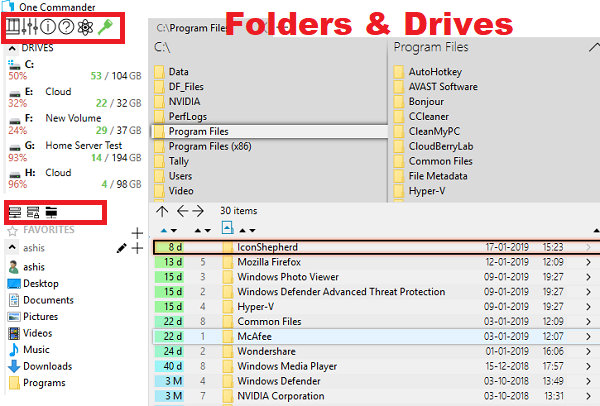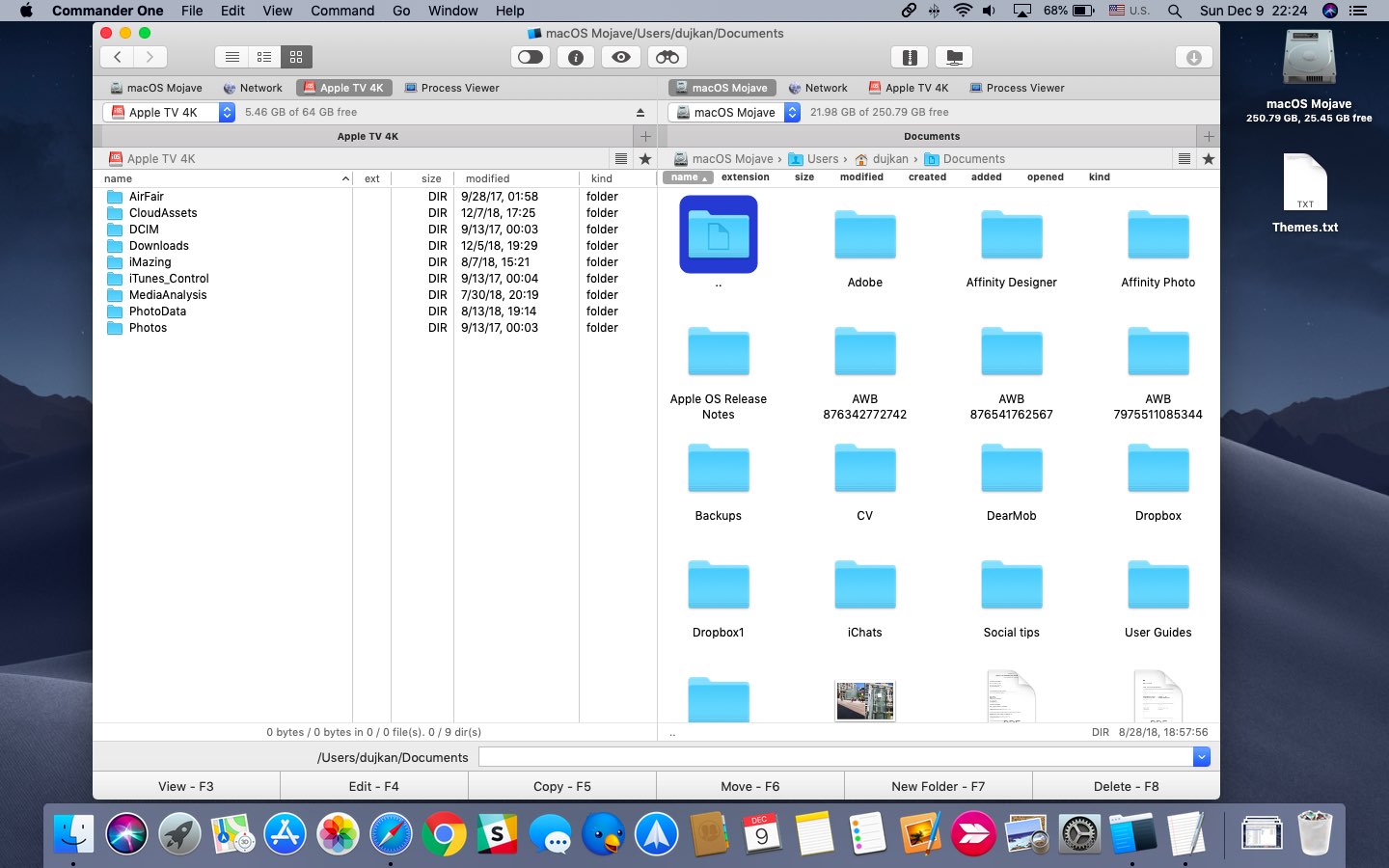
- #Commander one pro tag files pro#
- #Commander one pro tag files Pc#
- #Commander one pro tag files professional#
- #Commander one pro tag files windows#
Take your pick from either a ribbon-style interface or a more traditional menu bar. Of all the file managers we've tested, Xplorer² is the most modern looking.
#Commander one pro tag files professional#
You can try both versions free for 30 days.Īnother premium file manager, Xplorer² is available in two versions, a general use Professional edition and a more powerful Ultimate edition, and you can try either option free for 21 days. Its interface is customizable interface than that of its lower-priced counterpart, it offers integrated metadata editing, and it can save complex search terms as macros for future use.
#Commander one pro tag files pro#
Both make managing your files far easier, but Pro is worth the extra outlay thanks the the ability to replace File Explorer – for everything, or just specific folders.ĭirectory Opus Pro isn't just a file manager, it also serves as an FTP client and file compression tool. There are two versions of Directory Opus, Light and Pro. There are various useful features, such as multi-pane opening and tabbed browsing, as well as quickly filter or sort your files and folders.

It's extremely fast too, using multi-threading for faster processing and enabling you to queue and manage operations. This is where Directory Opus really shines – pretty much every aspect of its operation can be tweaked and tuned to suit your needs. Like Total Commander, Directory Opus is as premium file manager – and it shows, and comes a very close second in this list. It has an attractive icon-led interface that's busier than Total Commander's, but can be pared down using the various customization options. Most of these third party file managers can be set to replace Explorer as your default app, though we recommend testing them thoroughly first. We've rounded up the best alternatives to File Explorer, which will make managing your files faster, easier and more intuitive. This can be especially problematical in the modern age of document management and online storage, when handling multiple files across multiple accounts needs to be managed much more simply and easily. Once you've started transferring a big chunk of files, there's no way to pause and restart the process, you can't create a new folder without digging into a menu, and forget batch renaming – it's not happening.
#Commander one pro tag files windows#
Transferring files and folders between locations is a cumbersome process that often involves opening two Explorer windows and dragging icons between them. You’ll just have to play around with your apps to see which allow saving with tags.Windows has changed dramatically over the last few years, but File Explorer (formerly known as Windows Explorer) has remained largely untouched and, frankly, it could be improved upon. Some apps, including all the Microsoft Office apps, let you add tags to files as you save them. Tagging Files While Saving in Microsoft Office It’s more cumbersome than just typing the operator, but it might be useful if you’ve already performed a search and just want to narrow it down to tags. You can also add that operator from the “Search” tab on File Explorer’s Ribbon, if you want. The easiest way to do this is to just type “tags:” into the search box, and then type the tag text for which you want to search.
#Commander one pro tag files Pc#
However, if you’re outside that folder (say, you want to search your whole PC or the entire Documents folder), you’ll have to add the “tags:” operator to the beginning of your search. Of course, the results also include any files that have that text in the name or other searchable content.

In File Explorer, if you have the folder open where the file is contained, you can just type a tag into the search box and Windows will show you files tagged that way.

But things are a little weird, depending on where you’re doing your searching. Using Tags to SearchĪfter you’ve tagged some files, you can then use those tags in your searches. When you’re done tagging, just click “OK” to finish. If you want to add multiple tags at once, just separate them with a semicolon. A tag can be any length and use any kind of standard character, including spaces, though we recommend keeping them reasonably short and easy to remember. There are no predefined tags, so what you type is up to you. To the right of the “Tags” entry, click the empty space in the “Value” column and a text box appears that just contains some “Add a tag” text.


 0 kommentar(er)
0 kommentar(er)
